SAINT JOHN HARBOUR MONITORING RECOMMENDATIONS
PROJECT COMPONENT
RECOMMENDATIONS FOR MONITORING
RECOMMENDATIONS FOR MONITORING
LIMITATIONS
Sediment contaminants and infaunal invertebrates
- Sample annually in October for sediment invertebrates and contaminants
- Collect 5 or more grab samples per site at the 6 established reference sites
- Divide grab samples for sediment analysis and invertebrate analysis
- Additional 3 years of sampling recommended to solidify baseline information
- Good indicator of habitat quality and pollution exposure for aquatic species
- Some invertebrate species are pollution tolerant and are indicative of sites with more contamination
- Some SJH stakeholders already require this sampling for other projects
- Sediment contaminants have low seasonal and annual variability at reference sites
- Invertebrate results can be variable and affected by sediment quality
- Longer-term sampling of sediment dwelling invertebrates is required to establish a baseline because of their natural variability
- Requires taxonomic expertise and access to specialized analytical equipment for chemical analysis
Caged mussels
- Cage 100 individuals/site for 90 day exposure at 6 sites, February to April
- Measure survival, growth, reproduction, tissue metal concentrations
- Good indicator of water quality conditions
- Well-studied species, data available from broader geographic area (Gulf Watch program) for comparison
- Used in other biomonitoring studies/programs as an alternative to fish
- Finding source of mussels for caging can be difficult
- Cages can be lost due to human interference or weather conditions
- Difficult to distinguish between Atlantic coast mussel species
- Difficult to measure growth and reproduction on the same samples because they have different optimal sampling times
Ichthyoplankton
- Collect 3 samples per site in June (annually)
- 333 μm mesh plankton net with 10-minute tows
- Outer harbour sites better for biomonitoring (more representative of community structure)
- Can be a good indicator of water quality conditions
- Abundant and easily caught
- May be indicative of conditions for mature fish
- Further research is needed to determine whether ichthyoplankton are a good sentinel in the SJH and whether they warrant inclusion in a long-term monitoring program
- Inclusion of invertebrate organisms in plankton would be more representative of overall ecological conditions
- Requires specialized taxonomic expertise
Fish
- Not recommended for standard monitoring activities
- Economic, cultural, recreational value
- Useful for addressing specific monitoring questions (e.g. impact of dredging)
- Difficult to catch consistent numbers of individuals and species across sites and dates using available equipment
Sand Shrimp
- Sand shrimp are relatively easy to sample onshore with a beach seine net or offshore with a small-mesh bottom trawl
- Optimal sampling time from May to August when egg-bearing females are most common
- May migrate offshore during winter, so further study is needed to understand seasonal movement
- Widely distributed, easy to catch and measure
- Data available from other monitoring studies for comparison
- Results suggest sand shrimp are relatively sedentary from spring to fall
- Preliminary results show potential sensitivity to stressors (e.g. indicators of wastewater input)
- Preliminary findings indicate they are of limited use for assessing dredging impacts
- Further study needed to determine optimal standard monitoring
WHAT ARE THE IMPLICATIONS FOR THE WATERSHED AND ITS STAKEHOLDERS?
There is considerable potential for the development of large energy projects in Saint John over the coming decades, given shifting economic and political perspectives around the extraction and transport of fossil fuels and existing oil refining and liquefied natural gas infrastructure. This has the potential to increase urban development, which will put added pressure on municipal infrastructure.
The research team is finalizing recommendations for long-term monitoring to assess the cumulative effects of current or future environmental stressors in the SJH, with clear recommendations about where, when and how to study the ecological and chemical conditions in the harbour. This will provide a common and scientifically rigorous approach to understanding and mitigating environmental impacts, and facilitate decision-making related to new developments around the harbour.
The results from this project will have important implications for the broader Canadian Water Network Watershed Research Consortium. Canadian Water Network is coordinating similar projects at several key locations across Canada, and the results and experiences of the work that has been done in the Saint John Harbour will provide valuable information about how to design and implement research to meet the needs of end-users and advance the community of practice working in cumulative effects assessments in Canadian watersheds.
References
ENVIRONMENT. 1999. Canadian Sediment Quality Guidelines for the Protection of Aquatic Life.
CANADIAN WATERSHED RESEARCH CONSORTIUM SAINT JOHN HARBOUR NODE: http://www.cwn-rce.ca/initiatives/canadian-watershed-research-consortium/saint-john-harbour-node/
NATIONAL STATUS AND TRENDS MUSSEL WATCH PROGRAM: http://ccma.nos.noaa.gov/about/coast/nsandt/musselwatch.aspx
PIPPY, B. 2015. Understanding variability in sediment contaminants and benthic invertebrate populations in the Saint John Harbour. Master of Science thesis, University of New Brunswick.
POWER, R. 2015. Investigation of sand shrimp (Crangon septemspinosa) as a sentinel species in the Saint John Harbour, Bay of Fundy, Canada. Master of Science thesis, University of New Brunswick.
VAN GEEST, J.L., KIDD, K.A., HUNT, H.L., ABGRALL, M.J., MALTAIS, M.J., AND A. MERCER. 2015. Development of baseline data for long-term monitoring of sediment conditions at reference sites in Saint John Harbour, New Brunswick: benthic infaunal invertebrates and sediment contaminants 2011-2013. Can. Manuscr. Rep. Fish. Aquat. Sci. 3076: v + 97 p.
